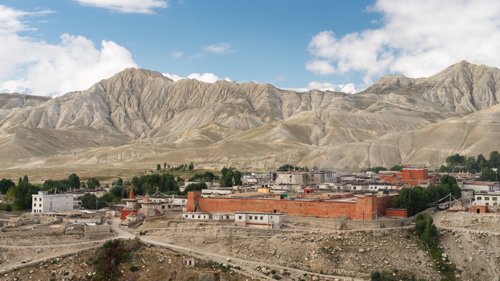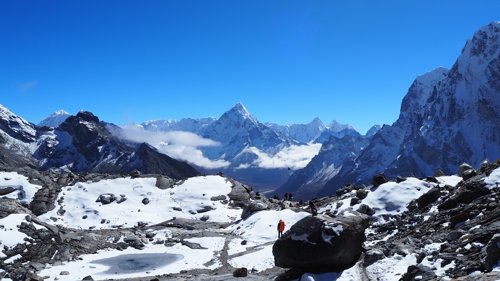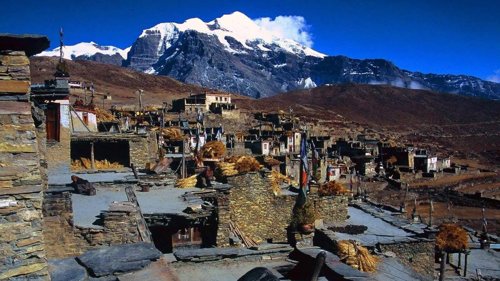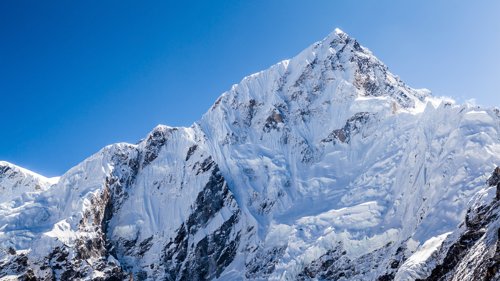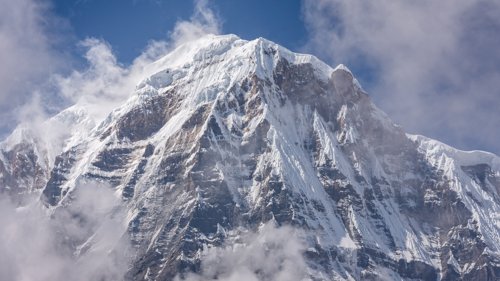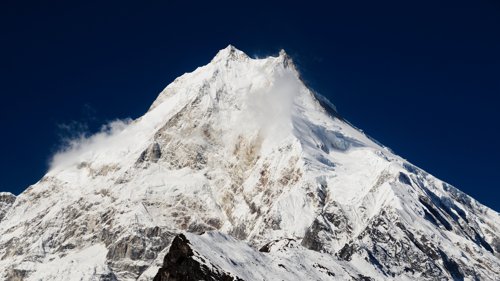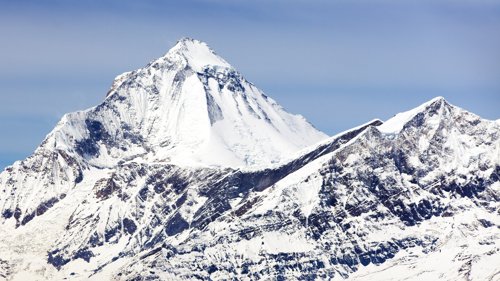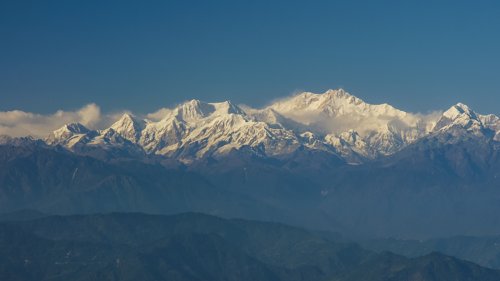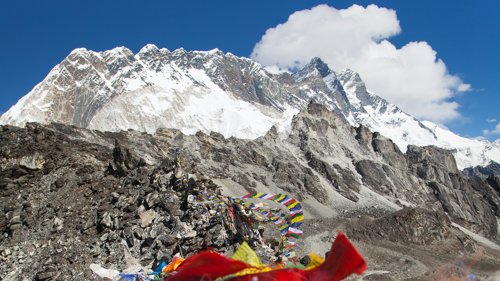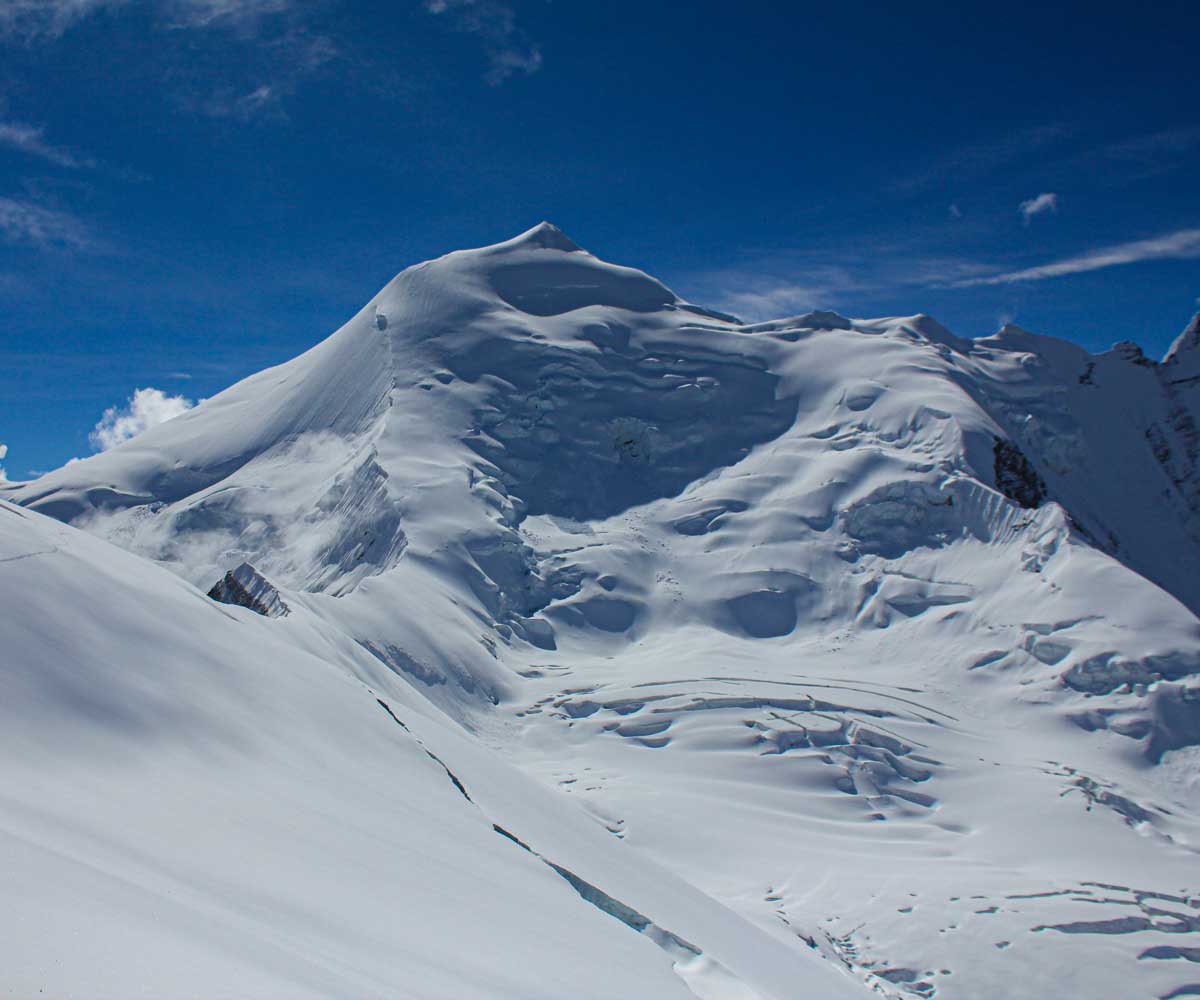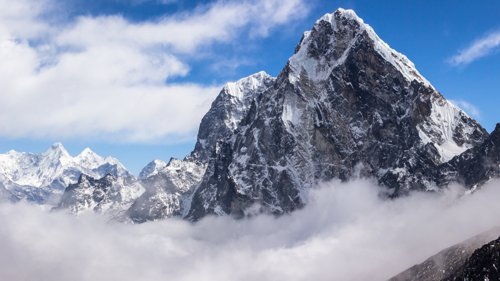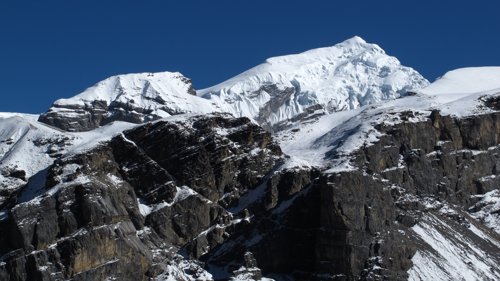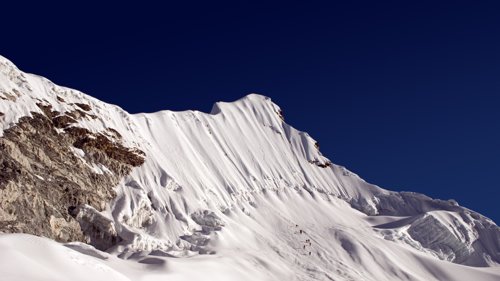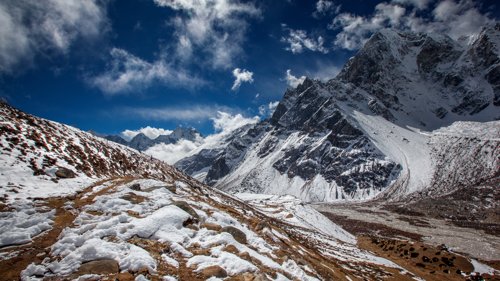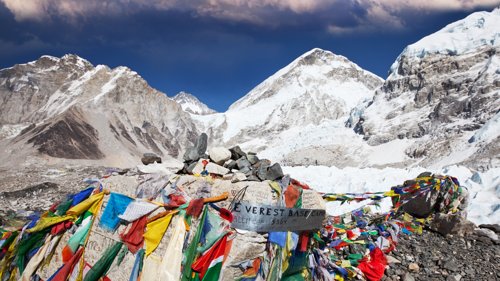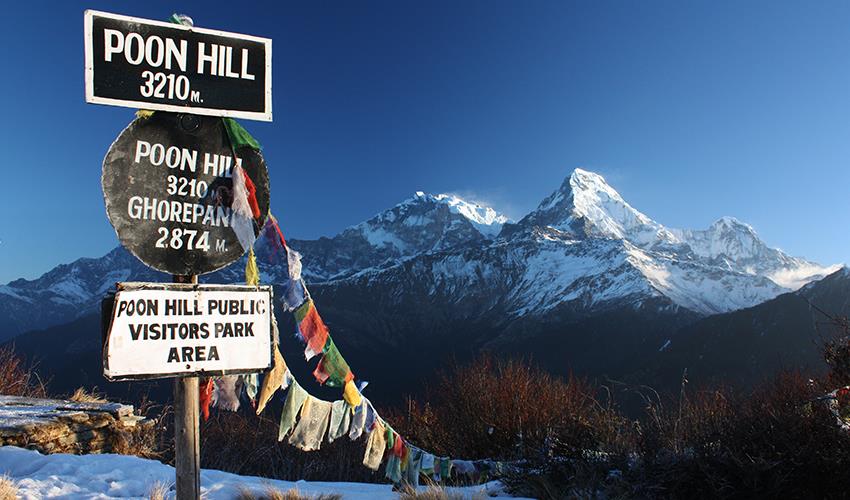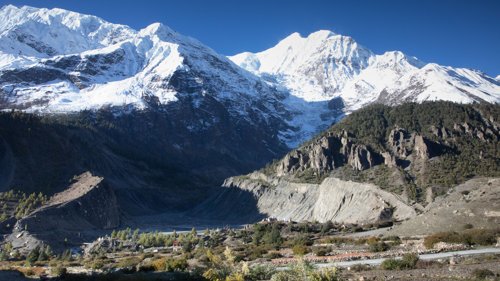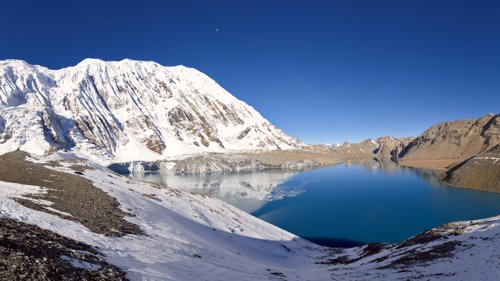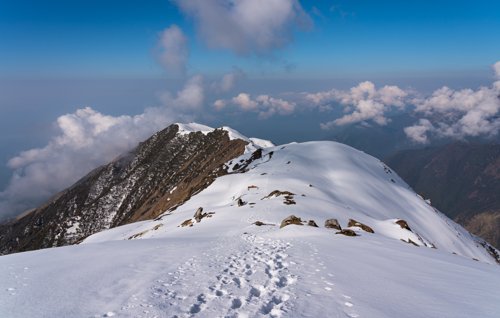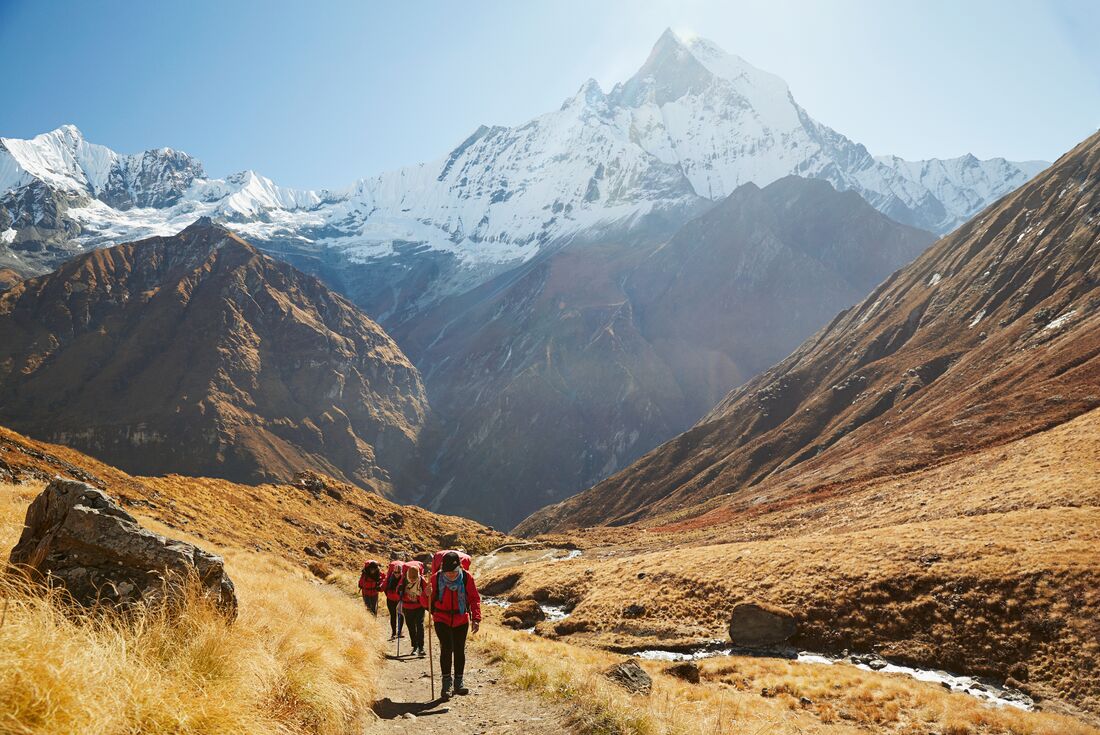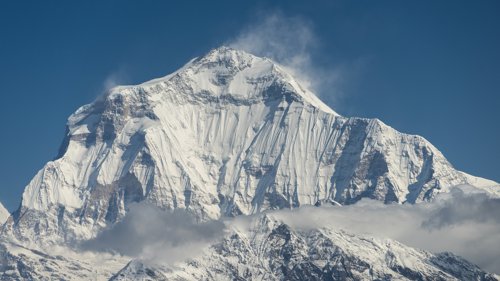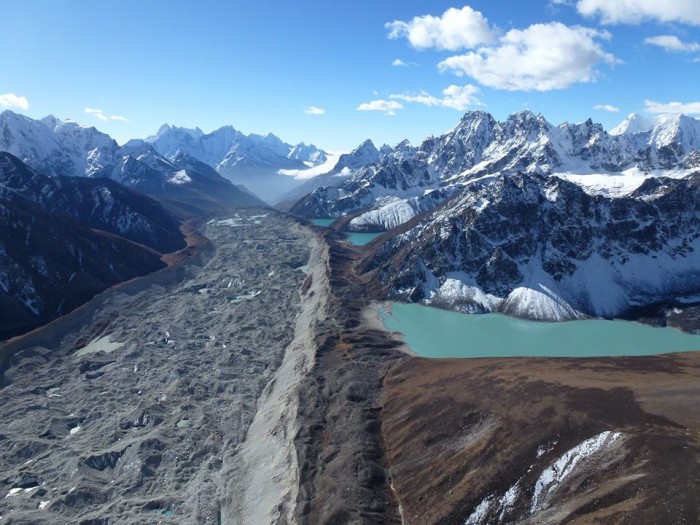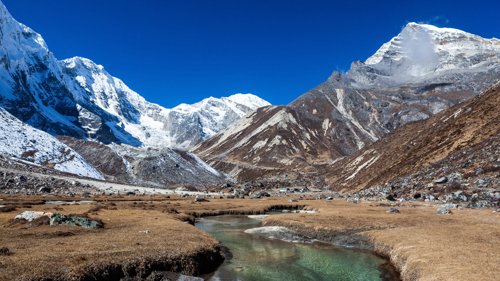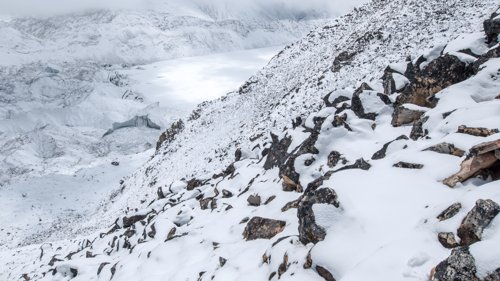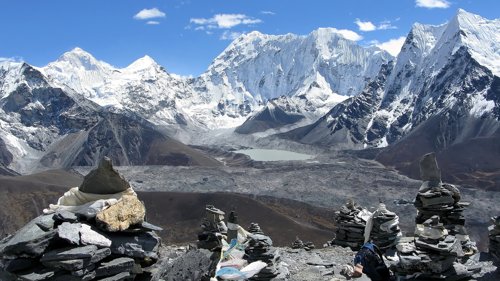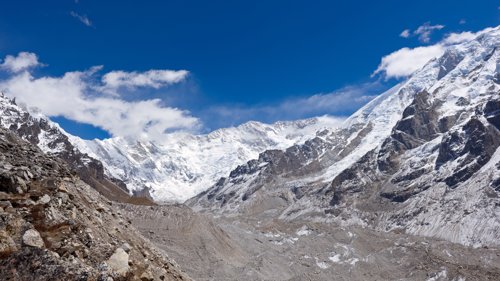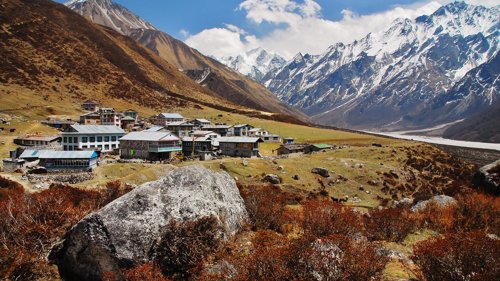

Welcome to the Help Center
Welcome to Help Center: Your hub for solutions!
Frequently Asked Questions
One can apply for a Nepalese Visa by two different procedures: upon arrival in the country or via the Nepalese diplomatic missions or embassies across the world.
A tourist visa will be valid for a maximum of three months and bears multiple re-entry facilities. Upon your arrival at the entry/exit points of Nepal, you can fill a form to procure a Nepalese Visa. These entry-exit points are located at the Nepal-Tibet and Nepal-India land border or at the Tribhuvan International Airport in Kathmandu.
You can also get the Visa from Nepalese Diplomatic Missions or embassies which are located abroad. This is valid for only six months which means you will have to enter Nepal within six months to validate this Visa.
Refer to the information available at the official website of Department of Immigration of Nepal at http://www.nepalimmigration.gov.np/page/tourist-visa.
The Internet can be easily accessed across the country using various mediums. The most popular methods remain mobile data and Wi-Fi.
Wi-Fi is available in most of the major cities like Kathmandu, Pokhara, Biratnagar, Chitwan, Lumbini, etc. Most of the hotels and restaurants in these areas provide free Wi-Fi. Generally, if you are searching for good internet access then it will be provided at a major tourist destination. However, you will not get good internet and Wi-Fi facilities while you are on a trek to higher altitudes.
SIM Cards come in very handy during such situations. Nepal has three main network providers i.e. Nepal Telecom (NTC), Ncell, and Smart Cell. All three of these companies provide data connectivity including 4G services. You can buy these SIM cards at Kathmandu International Airport or local mobile stores in Thamel. These SIM Cards allow you to communicate and access the internet as well. Thus, they are a must on your trips to Nepal.
The best time to trek in Nepal depends upon your preferences and trekking destination. Most would argue that the best time for trekking is spring (March to May). This season greets you with pleasant weather conditions with blossoming flora. So, you can enjoy your trek in lower as well as higher altitudes.
If what you are looking for clear skies and moderate trekking days then you can also choose to trek in autumn (September to November). This is the best place time to trek on higher altitudes of Nepal as most days are met with a sun shining directly above your head. The view of the Himalayas and surrounding scenery are also better during this season.
If what you prefer is less number of people you want to meet on your trek then, monsoon (June to August) and winter (December to February) are your best choices. There are trekking destinations like Mustang and Dolpo which can be trekked during monsoon. Similarly, treks like in lower region of Annapurna, Everest and Langtang can also be done during the winter season. However, beware of the adverse climates that you may meet on your way.
In Nepal, the temperature varies as per the altitude. There are three geographical divisions in Nepal, namely: Terai, Hill, and the Himalayas.
The Terai region is hot and humid throughout the year, except during winters. The average temperature here is 15 degree Celsius during winter and drops even lower at night. During summer the temperature may rise as high as 40 degree Celsius.
Areas below the 3500-meter altitude fall under temperate regions. The temperature here can range from 8 degree Celsius in December to 22 degree Celsius in mid-July. The temperature of Kathmandu alone goes below 1 degree Celsius in the winter and can rise up to 25 degree Celsius in the summer.
The Himalayas that are in the highest altitudes above 3500 meters can get up to sub-zero temperatures in the night. The sun blaze during the day might bring you some warmth. On an average the temperature drops by 6 degrees with 1000 meters in altitude. In winter, the temperature drops below 0 degree Celsius.
There are easy, moderate, and challenging trekking routes in Nepal that you can indulge in according to your taste. The level of physical fitness also depends upon the trek you choose. The easy treks explore the hilly trails which are smooth and do not involve a longer duration of treks. These can be done by any age group. Moderate treks include difficult trails and even cross high altitude passes. These require an individual to be at a decent physical condition. They also involve longer walking duration at around 7-8 hours on average. Lastly, the strenuous ones are the ones which require trekking expertise and mental fortitude. It is a must to have a good physical condition as the trails cross 5000 meters.
Due to most of the trekking routes being a hot spot for treks, you can find an abundance of tea houses and lodges. Tea house trekking can give you the benefit of not having to worry about accommodation and dining. Trekkers can stop and rest at teahouses available at strategic locations on the trekking trail. As such, teahouse trekking is also the most famous trekking in Nepal.
However, you can also choose camping treks. These treks allow you to enjoy the originality of nature and Nepalese communities from afar. Most of the time, you will require a crew to help to set up tents, cook food, and carry your luggage. This may make camping trek more expensive than the famous teahouse treks.
Acute Mountain Sickness (AMS) is an illness faced by trekkers who travel to a higher altitude. Usually, the symptoms of AMS begin to appear as you cross the 2400 meters in altitude. Common symptoms of AMS are nausea, vomiting, dizziness, headache, loss of appetite, and difficulty in breathing.
These are the steps you should take in the case of AMS while trekking on the routes of Nepal:
- Inform you, trip leader, immediately and do as per his/her instructions.
- Immediately descend the victim to a lower altitude.
- Prior communication is a crucial key so always aware of the guides of your condition beforehand so that it can protect you from an unfortunate future.
In the most severe conditions, helicopter evacuation is the best option. If the helicopter evacuation seems impossible then the feasible choice will be to follow the horse evacuation which is cheaper in the case of minor symptoms. You can also have porters haul the victims on their backs and descend to the nearest tea house.
If you have a guide with you then he may have a well-equipped medical kit with him but, it is always an advantage to have one with yourself. While trekking, you might come across minor physical problems that might disturb the pace of the trek. So, having medication and first aid kit helps you to tackle and be ready to tackle such problems.
You can consider carrying the following items in your medical kit:
Personal Medication:
- Eye Drops
- Anti-inflammatory drugs
- Azithromycin
- Decongestants
- Paracetamol
- Pain killers etc.
First Aid Kit:
- Insect repellent
- Antiseptic Cream
- Sun cream/Face cream
- Throat Lozenges
- Gauze
- Bandages
- Multivitamin tablets etc.
Having a well-equipped backpack is a must for all the aspiring trekkers. However, you need to have an idea of how much is enough and how much is too much or too little. This also depends upon your personal preferences and trekking destination but, here is a list of some of the important trekking gears and equipment.
- A medical kit (With personal medications and first aid kit)
- A traveling bag (Duffel bags or rucksacks with waterproof cover)
- A day pack to carry all your essentials
- Lightweight and waterproof clothes (Long sleeves and lightweight t-shirts, Synthetic thermal vests, lightweight thermal tops, Fleece jackets or pullovers, Waterproof jackets, etc)
- Proper Footwear (Thin inner socks and warm wool hiking socks matched with proper hiking boots. You can bring camp sandals and walking poles with you if you want)
- Heavyweight or lightweight gloves
- Proper Headwear
- Water bottles
- Hand Sanitizers
- Wet wipes
- Toiletries
Nepali currency, Rupee, is the best option to have with you while traveling around Nepal. You can easily exchange your currency with Nepali currency on the ongoing rates at money exchanger's outlets in city areas like Kathmandu, Pokhara. However, you should be cautious about the legitimacy of the money exchange and current exchange rates. To check the daily exchange rates, you can head to the official website of Nepal Rastra bank at https://www.nrb.org.np/fxmexchangerate.php.
It is useful to carry extra money with you while traveling to higher altitudes because you might need it during emergencies or for casual shopping. ATMs are widely available in major cities; however, it is not the case when you trek to remote areas. While ATMs might be available, they might not always be functioning properly. So, it is wise to withdraw sufficient money while you are in the areas which provide reliable ATM access.


